What Is A Lyonnaise Bouchon?

If you visit Lyon, be sure to eat lunch at an authentic Lyonnaise bouchon, one of the city’s small, family-run bistros that serve hearty meals.
Bouchon: What’s in a name?
Before visiting the city of Lyon, I had never heard the French word, bouchon—except as part of the name of Bouchon Bakery, Thomas Keller’s celebrated French bistro in Napa Valley, California. But I learned that in Lyon, the word is used widely and has several different meanings.
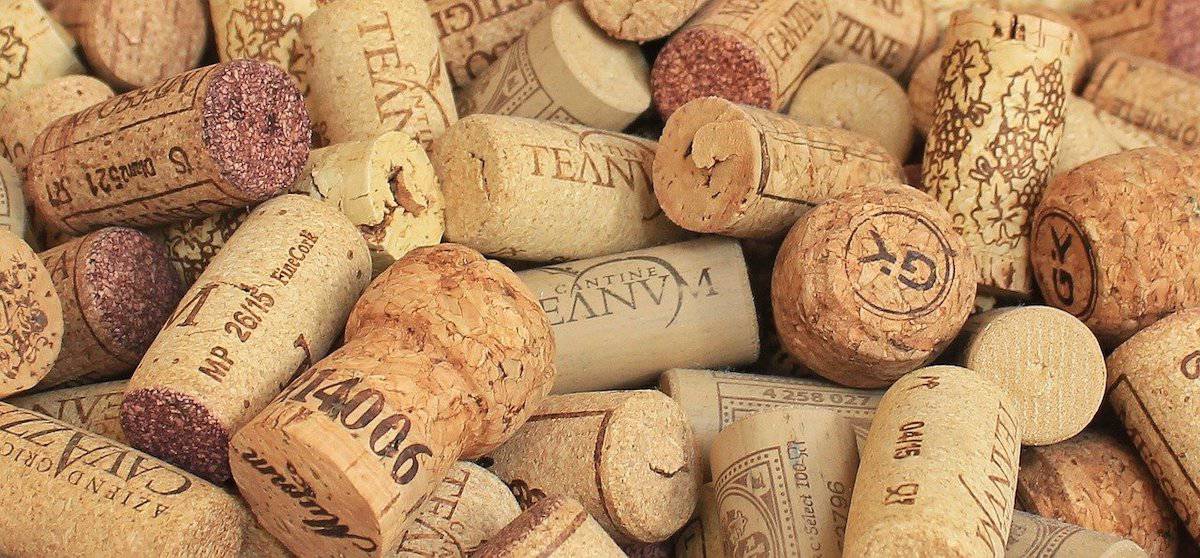
In a French dictionary, “cork” is the most common English translation of the word (although it is also used colloquially to describe a traffic jam).
But when you walk through the old cobblestone streets of Lyon, France’s third-largest city, another usage of the term will keep popping up in conversation and on restaurant signage.
What is a Lyonnaise Bouchon and how did it get its name?
Lyon is considered by many to be the gastronomic capital of France. It is here that Chef Paul Bocuse began the trend toward nouvelle cuisine, a style of cooking that reverberated with chefs and diners around the world.
However, Lyon has a special place in the world of French gastronomy because it is the city where a unique type of restaurant was born and still survives: The Lyonnais Bouchon.
A Lyonnaise bouchon is typically a small, family-run bistro that serves hearty meals with wine by the pitcher.
The forbearers of these bouchons were the taverns or inns where silk merchants stopped in the 17th and 18th centuries to have a meal, clean their horses, and, perhaps, rest overnight. They derived their name because the same term was then used to describe the twisted straw brushes used to clean the horses.
What kinds of meals can you expect to eat at a bouchon?

Each of these informal restaurants typically served only one main plate, such as roast pork, cheese with herbs, sausages, or duck pate. Now the eateries, which abound throughout the city, have menus that offer many of the traditional dishes that were served years ago. Most of the produce comes from the local covered market. Compared to nouvelle menus in the same city, bouchons are relatively inexpensive, especially given the large portions of meat that are on the menu.
The Rue des Marronniers (the word for ‘chestnut” trees in French), just off Place Bellecour (the largest square in Lyon), is one of several streets in Lyon lined with bouchons on both sides of the block. We had a wonderful lunch at Chabert & Fils, where we were able to choose a very affordably priced, fixed-price meal from an extensive menu.
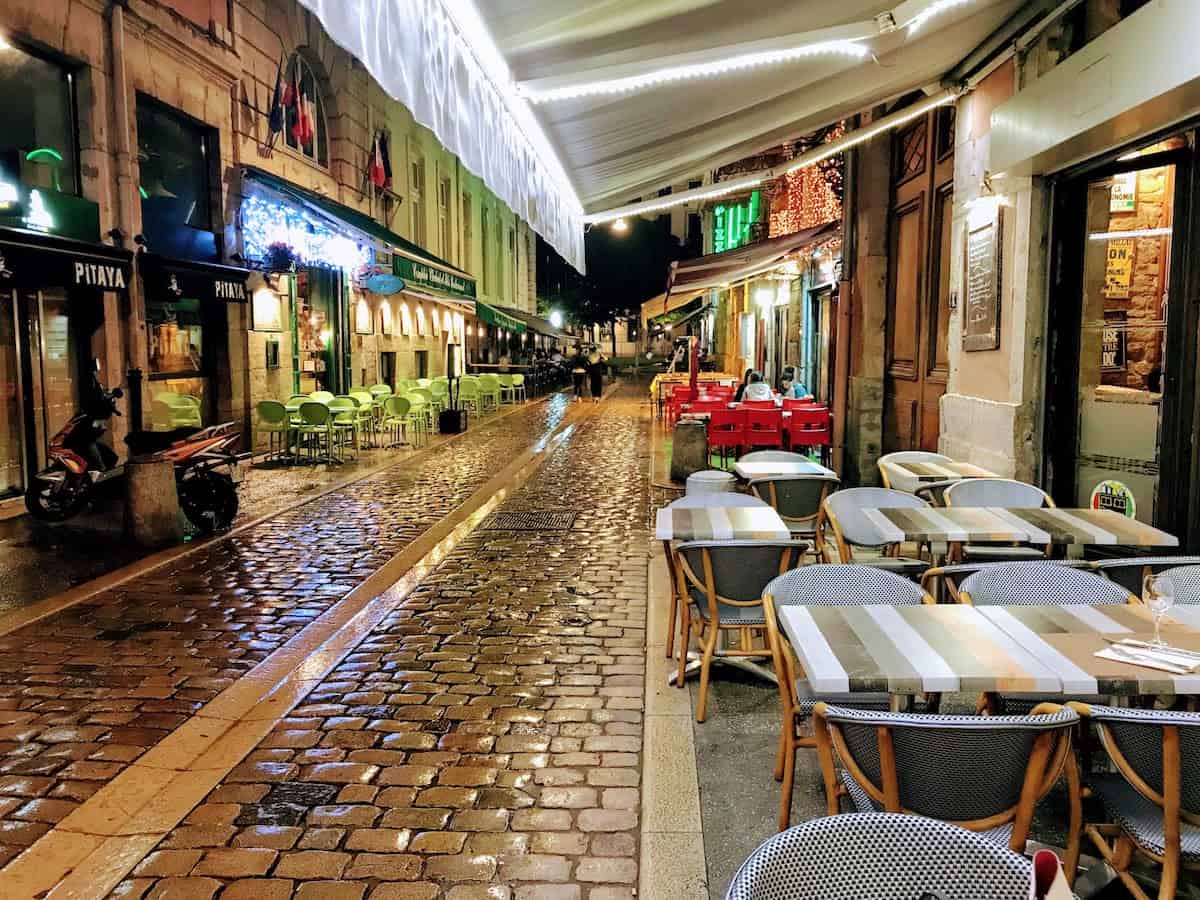
We started the meal off with a kir cocktail (the traditional aperitif made with creme de cassis and white wine) served with fried pork rind and sausage. For my appetizer, I had tiny raviolis baked in a mild creamy blue cheese sauce that rivaled any pasta dish I had eaten in Italy; my husband had an excellent terrine of duck pate with an orange, roasted hazelnut salad.
My main course was veal head and tongue, a delicacy I have loved since childhood, boiled in a casserole with potatoes, carrots and fresh herbs; my husband opted for the pork sausage with pistachio nuts and potatoes. For dessert, we enjoyed the typical fire-engine red praline tart of Lyon (tarte aux pralines).
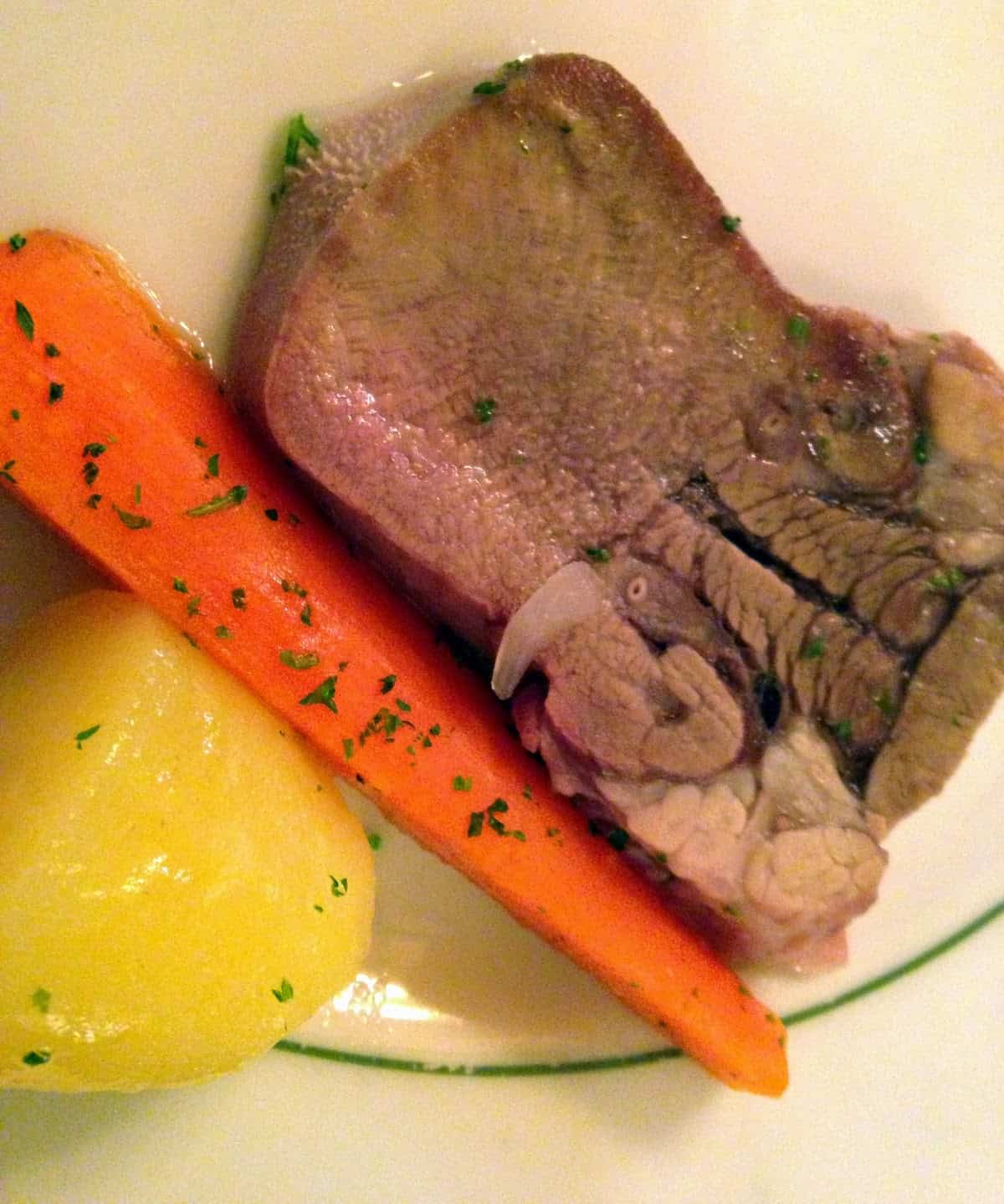

On a subsequent trip, we fell in love with Le Bistro D’Abel, so much so that we dined there three nights in a row.


Bistro Abel is the oldest and most authentic bistro in town. Also, an official Bouchon Lyonnaise, the paneled dining room exudes old-world charm and a bit of quirkiness: It has entrances on both sides of the street and you walk through a kitchen to get from one room to another. Each dish is cooked to perfection.
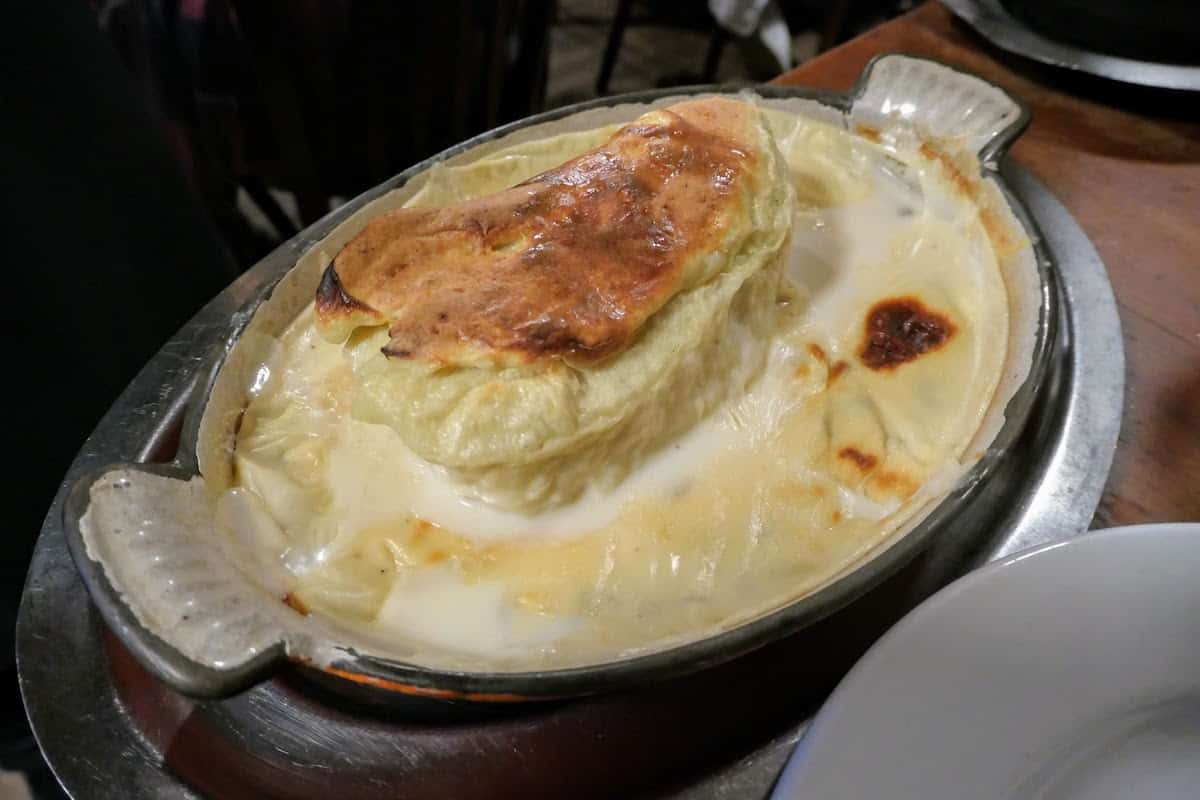
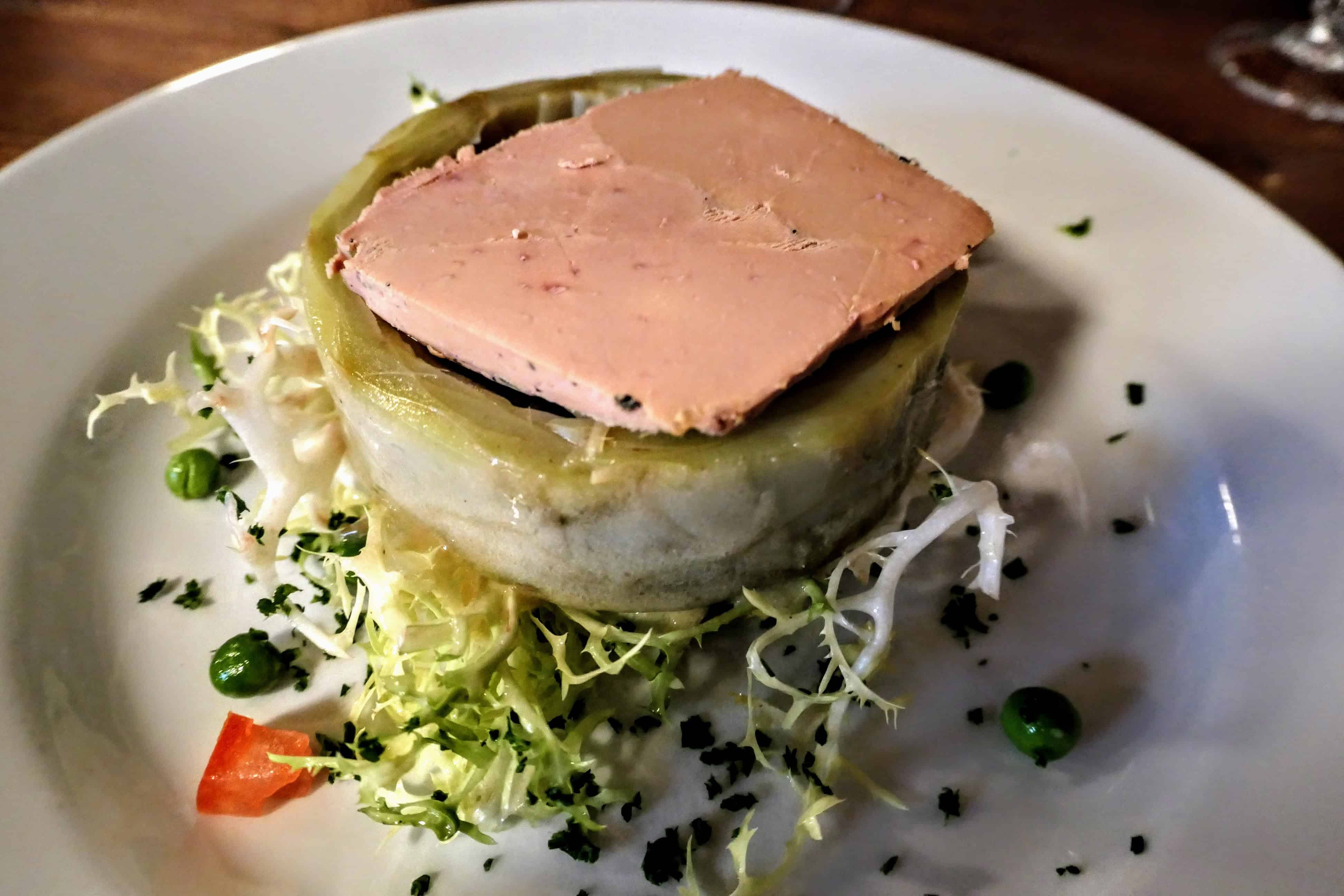
Bouchons: Separating the Wheat From the Chaff

Not all bouchons, even in Lyon, are the real deal.
Each year, L’Association de defense des Bouchons Lyonnais certifies those bouchons that meet its standards. The restaurants proudly display a label on their windows, created by the Lyon Chamber of Commerce and Industry in partnership with Lyon’s “bouchons” (traditional restaurant/taverns). This certification guarantees diners an authentic, high-quality culinary experience.
In an effort to describe the recipe for the success of these eateries, the Association has distilled four essential characteristics of a bouchon:
- Setting: a restaurant with a counter, picturesque and warm décor: tables close together, red and white checked tablecloth, wooden furniture, pans hanging from the ceiling, Guignol, Gnafron puppets… in other words, a place preserved in time
- Conviviality: a larger-than-life owner
- Dishes: Tasty, simple typical homemade dishes based on fresh, local produce, lovingly prepared on-site
- Wines: Washed down with the required pot lyonnais (carafe) of Beaujolais or Côtes du Rhône wine
The Association maintains an updated list of all the certified bouchons in Lyon; which currently number 22. Even in the midst of health-conscious dining trends, bouchons have maintained their popularity with visitors and locals who enjoy good food. They are a not-to-be-missed experience in Lyon!

READ MORE
- RW Apple’s classic 2002 story, The Bouchons of Lyon, in Saveur
- What To Eat in Lyon: 11 Essential Tips for Food Lovers, on More Time To Travel
All photos: Jerome Levine, unless otherwise noted
Save to Pinterest!!
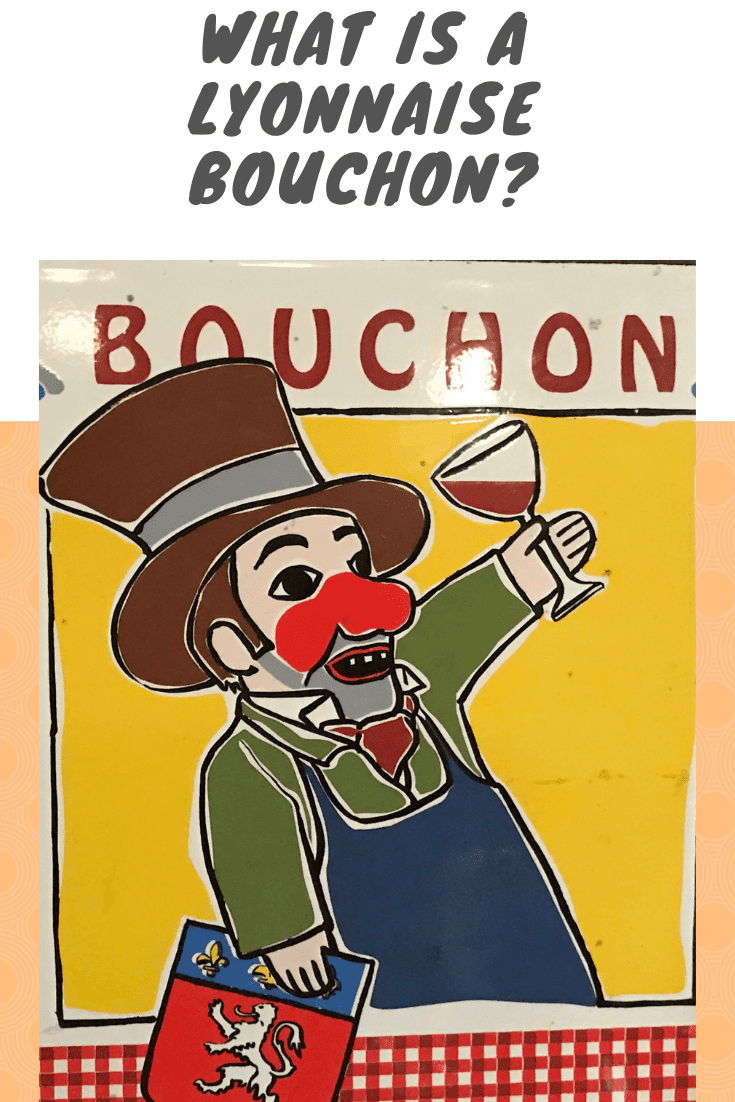

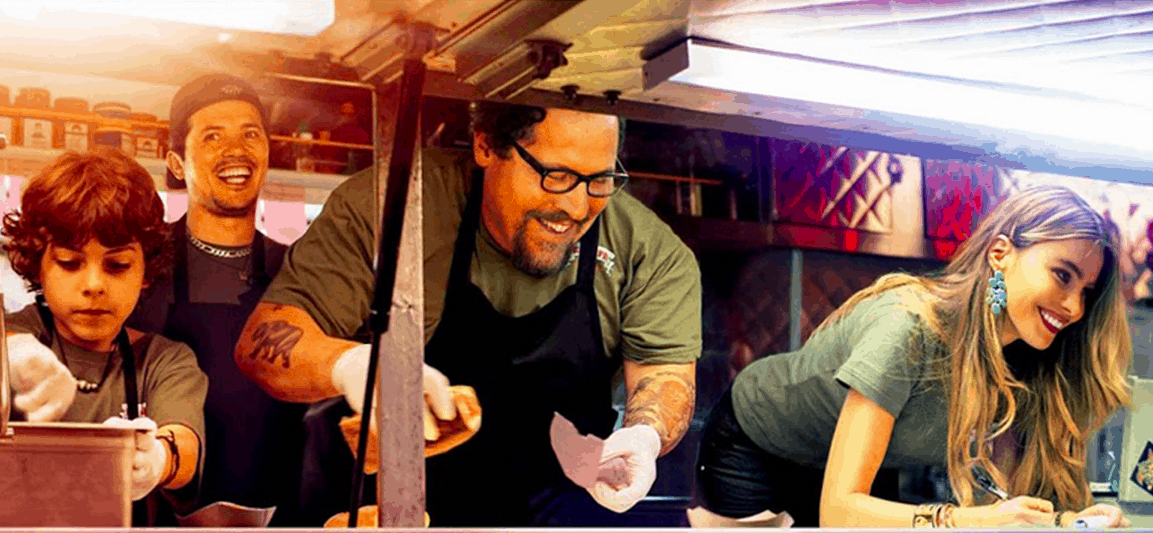



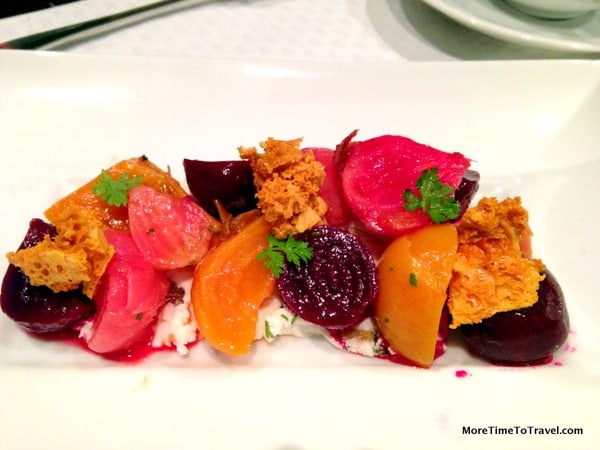
Yum, I would love to dine in one of Lyon’s buchons, although I’m not so sure about veal head and tongue.
I’m with Donna. I’d go straight for the dessert!
This sounds intriguing, but probably not a place where you’d go if you’re watching your weight.
The nice thing about traveling in Europe is that all the walking allows you a few extra calories:-)
Terrific post, Irene—reminds us of exactly why Lyon is the gastronomic capital of France. Try getting a meal like that (at that price) in Paris!
One of my tween’s favorite dishes is lengua–beef tongue, it’s quite tender so I imagine veal would be even more so. I love all of the fresh herbs used in French cooking. Now you have me hungry!
It’s great that your kids are so open to new foods, which opens to door to new cultures!
Charming! I’m sure the veal head was delicious.
Reminds me of when we were in Germany and our daughter’s family served liver. As my mom once said, “I don’t do innards!” 🙂
I had so much fun reading this as I had watched reality-cooking-travel-around-the-world last year (?). And one of their stops was in Lyon where they had to reproduce the famous pike quenelle dish. And I can’t think of the famous Paul Bocuse restaurant they were at now! They menu servings you had sound absolutely amazing!:)
We visited Lyon while on a river cruise. I’m dying to return! You can see a picture of the quenelles we tasted at a pop-up in Stockholm here: http://www.huffingtonpost.com/irene-s-levine/the-cube-a-unique-popup-c_b_2057833.html
I don’t mean to sound like like a ding bat, but you’re THAT Dr Levine?! I’ve heard of you! LOL…I mean before meeting through blogging. And I mean that in a great way, Irene! I went to that Huffington Post link and I literally said outloud, “OMG at those food pictures.” I so want one of those quenelles 🙂
Yes, that’s me! LOL
I didn’t know about Paul Bocuse and nouvelle cuisine, the history of the bouchon, or even that bouchons were small bistros. Now that I do, I am ready to visit Lyon!
I mean — I didn’t know that Paul Bocuse began nouvelle cuisine in Lyon. 🙂
I didn’t know, either, till I got there!! So wonderful to learn about foods and history in the course of traveling~
This is a very interesting post, Irene. I nearly made it to Lyon when I was in France to visit a friend. Next time, I’ll definitely go.
I didn’t know the other meaning of bouchon and wondered when I read the title what a Lyon cork had to do with food. Now I see.
I’d be very happy with the fried pork rind and sausage – I love pork and sausage! I’ve had cow tongue and would give the veal head or tongue a try.
Sounds like we should meet for lunch one day:-)
Thanks for stopping by!